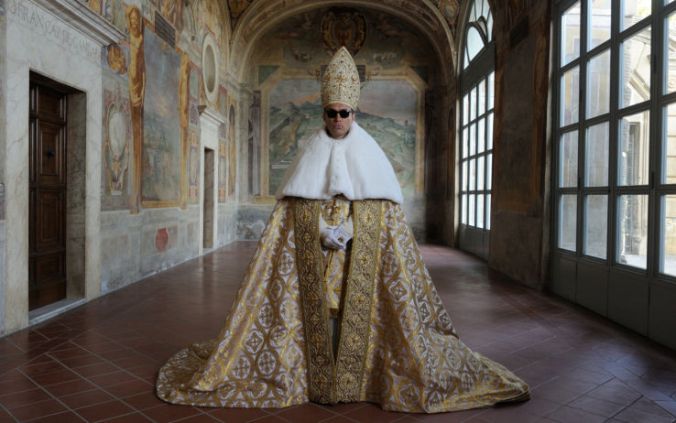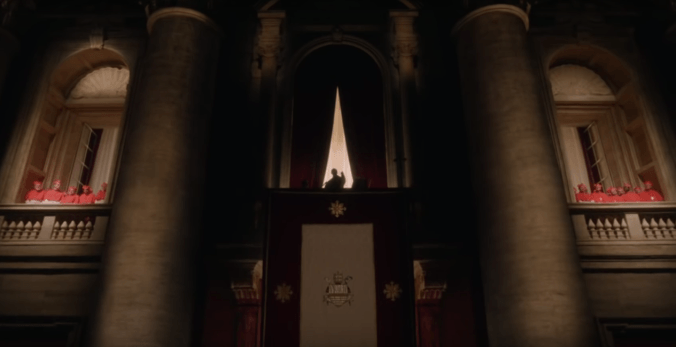Every so often, a fragrance saunters into the market, demanding our attention with an air of undeserved audacity. Jean Paul Gaultier's Divine (2023), however, feels less like a sophisticated, daring entry and more like a grandiloquent crash. Its limited notes of...

Art History at the Library
Art History at the Library
I was very happy to have the grant renewed and be invited back to the SouthShore Regional Public Library for another series of “Art History at the Library” discussions.
The library had in mind a series that was a little more intensive than “art appreciation”-cruise ship type talks. I did try out some kind of conceptual themes last time, but I also was able to implement my tech whirligigs and to do something I had wanted to do for a long time, have the audience be able to drive a lot of the content. I experimented with this just by stopping often to ask if people had questions or comments, and to my delight they did.
I try to memorise what I’m going to talk about so it’s possible to both extemporise as desired by the patrons’ concerns and also not get thrown off track.
Anyway the schedule for the fall is below. Thank you again to the Hillsborough Public Library Cooperative for supporting this project.
15 September: “Special Guest Appearances: Art in Movies and on Television.” Participants are invited to think of their own favorite examples to discuss and share. This talk will examine the appearance of artworks and references to famous works of art in popular movies and television programs, including Vikings, Bojack Horseman, The Young Pope, Skyfall, and more. We’ll also discuss films that are about artists and art. I am especially excited to be able to talk about some of the painterly images from The Young Pope, which so centre the body. I know a lot of people hated this show, but I liked how it looked, and found director Paolo Sorrentino and cinematographer Luca Bigazzi neomodernist visual world were stunning but also very ambiguous about the questions of faith and the supernatural raised by the narrative.
20 October: “The Body in the Book: Beauty and Suffering in Illuminated Manuscripts.”The session will be about the process of making illuminated manuscripts and scrolls including well-known examples such as the Book of Kells and the Grimani Breviary as well as less-familiar secular texts.
17 November: “What’s the Difference Between Arts and Crafts? Fashion, Textiles, and Design.” Rather than trying to come up with a definitive answer to this question, we will discuss how aesthetic hierarchies come to be. Which tdo we prize more, purely aesthetic innovation, of the form of utilitarian objects, and why? Participants are invited to share examples of their own works and of course their opinions!
15 December: “A Celebration of Animals in Art.” This discussion will cover artwork that recognizes the power of animal life, from the cave paintings of Chauvet and Alta to Tanja Thorjussen’s endangered Arctic wildlife and everything in between.





RECENTLY ON MICHELANGELOST™...
Gaultier’s Dubious Divinity: A Troma Tragedy
Norwegen Blumen / Norway Flowers I
Norway Flowers / Norwegen-Blumen I
Eden and Everything After
From: 21 January 2023-21 December 2023 Opening: 21 January 2023, 14:00 University of Stavanger Archaeological Museum Peder Klows gate 30A 4010 Stavanger Norway Hours: Tuesday 11 – 20 Wednesday – Sunday 11 – 16 Monday closed....


